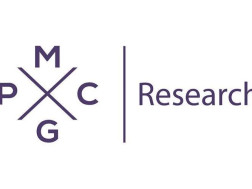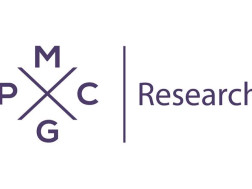PMC Research Centre published a report on Subsistence allowance in Georgia (2018-2022). According to the document, the number of persons receiving subsistence allowance increased markedly between 2018 and 2022, rising from 439 thousand to 648 thousand, equating to 48% growth. Over the same period (2018-2022), the share of the population receiving the subsistence allowance also rose, from 12% to 18%.
In Georgia, the subsistence allowance program provides financial aid to the country’s poorest families, whose rating score is less than 120,001.
However, from 2019 to 2022, the number of registered families increased by 20% and reached 370 thousand, while the number of families receiving the subsistence allowance increased by 47% over the same period, amounting to 176 thousand.
According to the orgnization, the increase in the number of beneficiaries receiving the subsistence allowance since 2020 can be largely attributed to the addition of a new score category (100001-120000) to the Agency’s rating. Furthermore, the increases in 2020 and 2021 were of
course also influenced by the COVID-19 pandemic.
Overall, in the analyzed period, on average the highest shares of families receiving the subsistence allowance were recorded in Racha-Lechkhumi and Kvemo Svaneti (44.2%), Samegrelo-Zemo Svaneti (18.3%), and Shida Kartli (16.9%). Meanwhile, the lowest shares were recorded in Tbilisi (9.8%), Samtskhe-Javakheti (11%), and Imereti (11.6%). Over the last five years, budget expenditure on social security programs has gradually increased (from GEL 3.3 billion to GEL 6 billion). As a result, the share of social security program expenditure in total budget expenditure also increased from 37% to 40% over the analyzed period.
"Overall, over the last five years, the number of beneficiaries receiving the subsistence allowance has notably increased. Along with the rise in the number of beneficiaries, the budget expenditures to finance the program has grown. The increase in the costs of the program, along with the increase in the number of beneficiaries, also was caused by a rise in the average subsistence allowance per family since 2019. However, the average amount of allowance per family remains lower than the subsistence minimum for the average family. Moreover, the public works employment program’s dynamics illustrate that, overall, participation is very low, albeit increasing gradually", - the report reads.
















